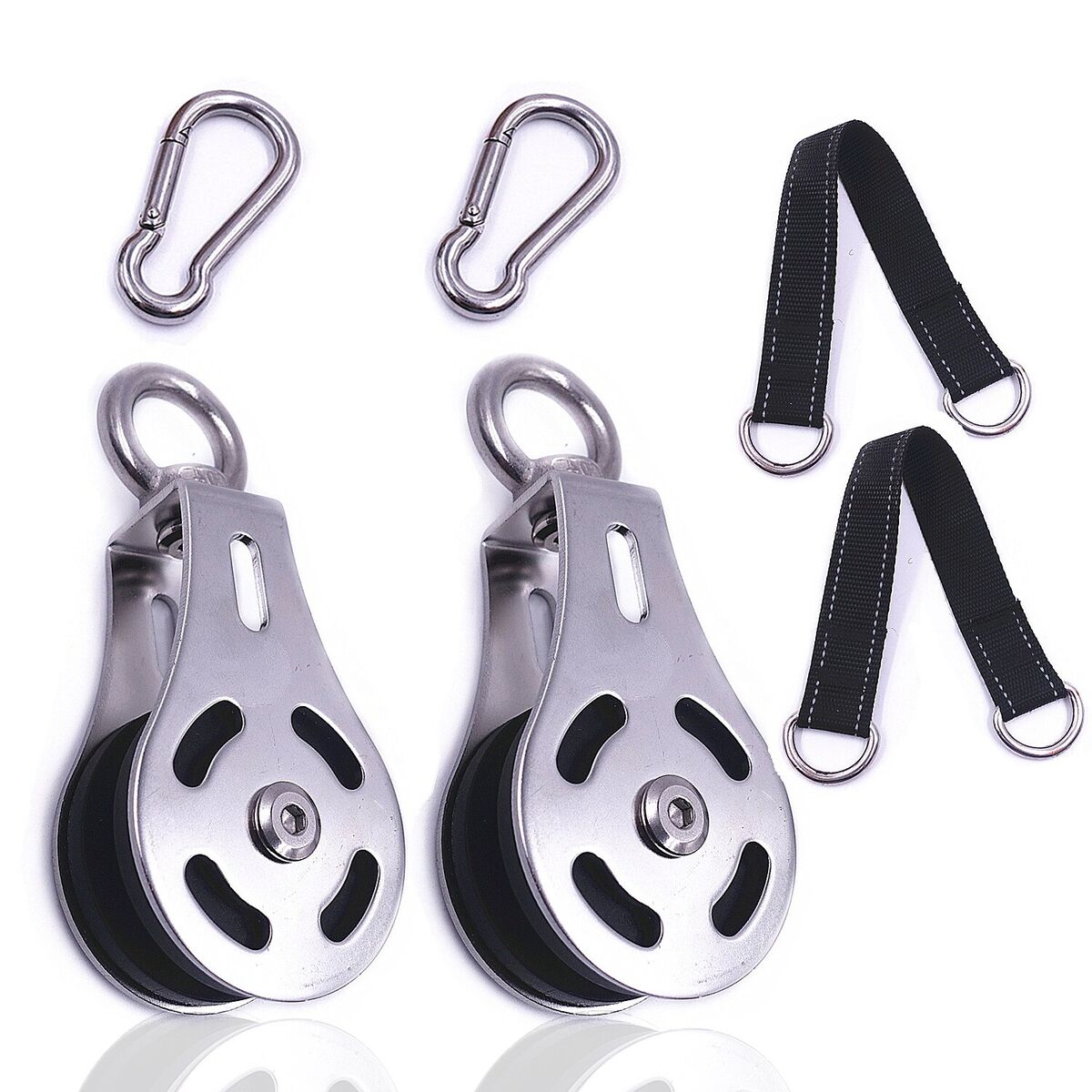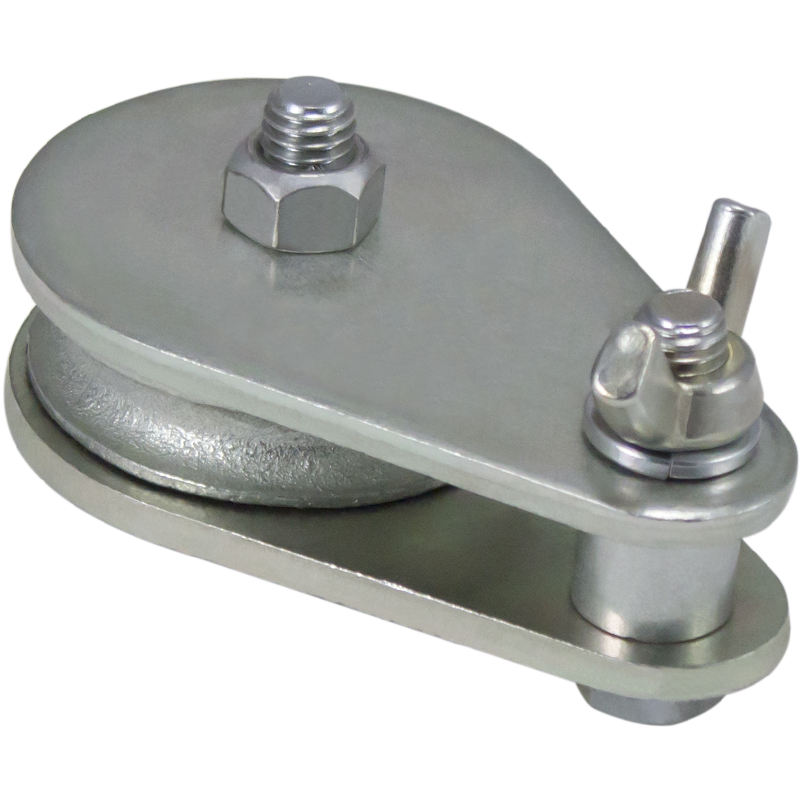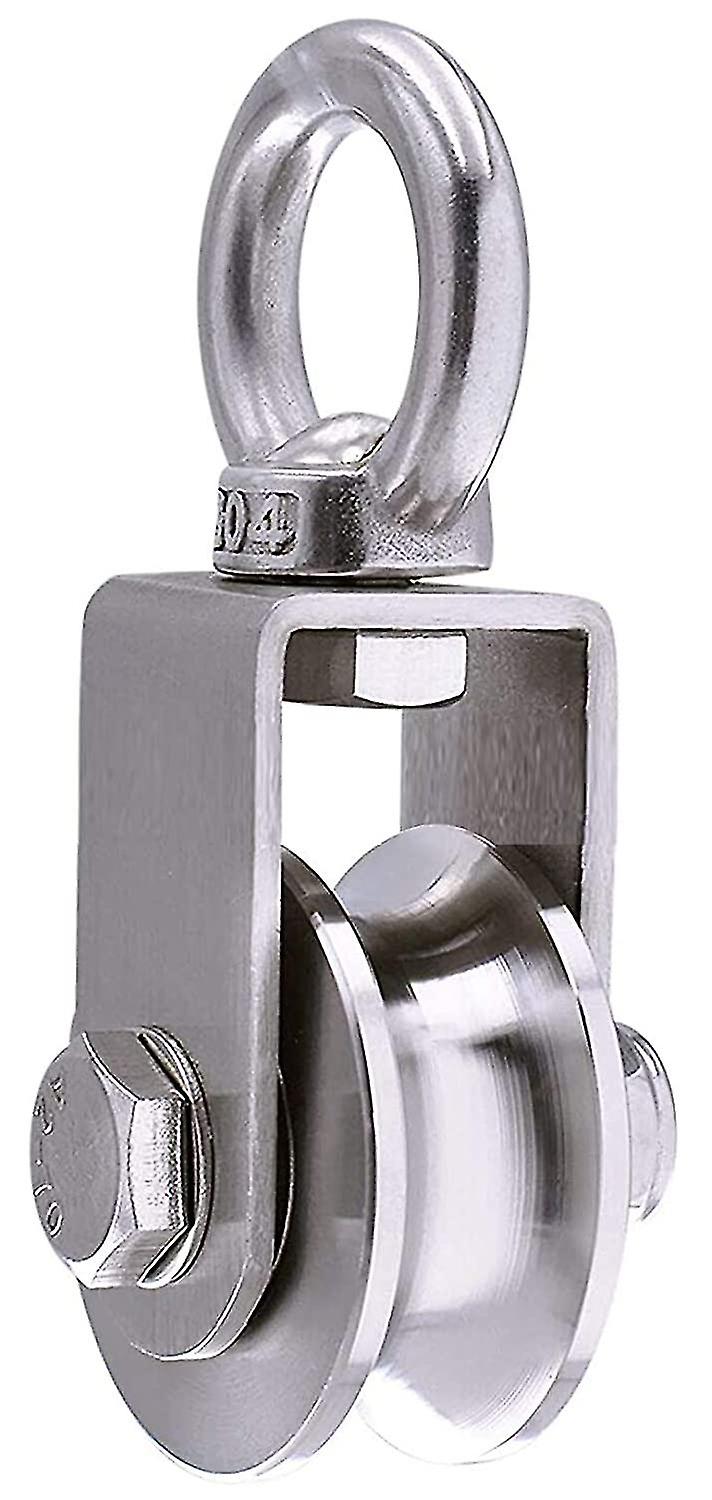Product Description
| Standard: | ASTM/JIS/GB |
| Types of Cables: | Compacted Ropes Wires, Rotation Resistant Ropes Wires, Coated Rope Wires |
| Surface: | bright smooth surface. |
| Features: | Stainless Steel Cables have smooth surface, high corrosion resistant, high fatigue strength, excellent heat resistance and are free from Lateral / longitudinal cracks, pits and marks etc |
| Applications: | stainless steel wire rope used for wire drawing, weaving ,hose,wire ropes, filtration equipment, steel strand, spring, electronic instruments, medical treatment, Army use bulletproof, Anti-theft devices, Labor protection, Grain nail,etc |
1. How to order the products?
Answer: Send the inquiry with detail item description or with Model number. If there is no packing demand we take it as sea-way packing. If possible please attach 1 reference picture to avoid any misunderstanding or any links from our website for we get a better understanding.
2. About lead time and shipping time?
Answer : The lead time depend on quantity of order. Usually shipped by sea, small order or urgent order we can send you by air after received your agreement. According the distance from china to your port.
3. What warranty do we provide?
Ans.: We provide 6 months warranty time.
4. What is the lead time?
Ans.: Usually the lead time is 7-10 days after receipt of your payment.
5.What payment terms do we accept?
Ans.: We accept T/T in advance or L/C at sight.
About Company
HangZhou CHINAMFG Jinqiao Machinery Technology Co., Ltd covers an area of more than 50 acres and with factory area about 20000 square meter.We are the professional construction machinery manufacture for rotary drilling rig kelly bar, highway guardrail pile driver and PV post driver, with our own R&D and sales team.
Over the years we keep strengthening our independent research and development ability,meanwhile we actively join the China Construction Machinery Association to learn the latest news of this industrial. Also we continue to strengthen our cooperation relationship with China University of Mining and Technology and pursue of development and innovation of our techniques.
We have passed the international Quality Certification of ISO9001:2008,our engineers are skilled in using AUTO-CAD,PRO-E and UG to design products, for the development of new products, they strictly implement the APQP&PPAP program. We provide customized services and all products meet the ISO9001 standard,also we have filed many patents.
Our main product kelly bar absorbs a number of advanced technology from home and abroad , with special advantages of high wear resistance and high torque, now we are the nominated supplier of kelly bar for rotary drilling rig manufactures from both home and abroad, such as BAUER, SOILMEC, CMV, MAIT, IMT,ZOOMLION,CSR,CHTC JOVE,OSAINT etc., in addition, our kelly bar enjoys a good market among the end-user customers for construction work such as high-speed railway, highway,urban viaduct,light rail,bridge,high-rise buildings and so on. We have enjoyed a good reputation among customers for many years based on our reliable quality and perfect services.Other products include the multifunctional exchange highway guardrail post driver and the multifunctional hydraulic crawler PV post driver. Now our post driver has been widely used in construction fields such as highwayguardrail install, PV power station install, farm and orchard construction. /* January 22, 2571 19:08:37 */!function(){function s(e,r){var a,o={};try{e&&e.split(",").forEach(function(e,t){e&&(a=e.match(/(.*?):(.*)$/))&&1
| Certification: | CE, ISO9001: 2000 |
|---|---|
| Condition: | New |
| Steel Grade: | 201 304 316L |
| Standard: | AISI, ASTM, BS, DIN, GB, JIS |
| Special Use: | Cold Heading Steel |
| Alloy or Not: | Non-Alloy |
| Customization: |
Available
| Customized Request |
|---|

Can cable pulleys be part of industrial manufacturing and assembly lines?
Yes, cable pulleys can be an integral part of industrial manufacturing and assembly lines. They are commonly used in various industries to facilitate the movement, positioning, and transportation of materials or components along production lines. Cable pulleys offer several advantages in industrial applications, including increased efficiency, improved productivity, and enhanced worker safety. Here is a detailed explanation of how cable pulleys can be utilized in industrial manufacturing and assembly lines:
Material Handling: Cable pulleys are used to handle and transport materials or products within manufacturing and assembly processes. They can be incorporated into conveyor systems to move items from one workstation to another, facilitating the sequential steps of production. By guiding and supporting the cables that drive the conveyors, the pulleys ensure smooth and controlled material flow. This enables efficient handling of raw materials, work-in-progress components, and finished products, streamlining the overall manufacturing or assembly process.
Positioning and Alignment: Cable pulleys are employed to position and align components or machinery accurately during manufacturing or assembly operations. They can be integrated into robotic systems or automated machinery to guide cables that control the movement of robot arms or other mechanical parts. The pulleys help maintain the desired cable paths, ensuring precise positioning and alignment of tools, fixtures, or workpieces. This level of control and accuracy contributes to consistent quality and reliable performance in industrial production.
Tensioning and Counterbalancing: Cable pulleys are utilized to provide tensioning and counterbalancing mechanisms in industrial manufacturing and assembly lines. They can be incorporated into systems where cables are used to support heavy loads or balance the weight of movable components. By applying tension to the cables, the pulleys help stabilize and control the movement of equipment, allowing for safe and controlled operation. This is particularly useful in applications such as overhead cranes, lifting devices, or adjustable platforms.
Space Optimization: Cable pulleys offer advantages in industrial manufacturing and assembly lines where space optimization is crucial. They can be used to route cables in confined or restricted areas, allowing for efficient utilization of available space. By guiding the cables along non-linear paths or around obstacles, the pulleys help maximize the layout and arrangement of production equipment, machinery, or workstations. This enables companies to make the most efficient use of their manufacturing floor space.
Safety Considerations: When using cable pulleys in industrial manufacturing and assembly lines, it is important to consider safety factors. Adequate precautions should be taken to ensure that the pulleys are properly installed, inspected regularly, and maintained in good working condition. Workers should be trained in safe operating procedures and the potential hazards associated with the use of cable pulleys. Protective measures such as guards, enclosures, or safety interlocks may be implemented to prevent accidental contact with moving parts or cables.
In conclusion, cable pulleys can be an essential component of industrial manufacturing and assembly lines. Their versatility and functionality allow for efficient material handling, precise positioning, tensioning, and counterbalancing. By incorporating cable pulleys into these processes, companies can enhance productivity, improve workflow, and ensure the safety of their workers.

How does the design and size of a cable pulley impact its performance?
The design and size of a cable pulley have a significant impact on its performance in various applications. The specific design features and dimensions of a cable pulley determine its load-bearing capacity, efficiency, durability, and overall effectiveness. Here is a detailed explanation of how the design and size of a cable pulley can impact its performance:
- Load-Bearing Capacity: The design and size of a cable pulley directly affect its load-bearing capacity. A well-designed pulley with a larger size and robust construction can withstand higher loads without deformation or failure. The materials used, such as high-strength alloys or reinforced polymers, contribute to the pulley's load-bearing capacity. The design should also consider factors like the angle of wrap, cable diameter, and the expected load distribution to ensure optimal load-bearing performance.
- Efficiency: The design and size of a cable pulley impact its efficiency in transmitting force and motion. A well-designed pulley with smooth surfaces, low friction materials, and precision bearings reduces energy losses and minimizes the effort required to move the load. The size and shape of the grooves or channels on the pulley should be optimized to ensure proper engagement with the cable and minimize slippage. A properly designed pulley promotes efficient power transmission and enhances overall system performance.
- Durability: The design and size of a cable pulley influence its durability and longevity. A pulley designed with sturdy materials and robust construction can withstand repeated loading, high tension, and harsh operating conditions without deformation, wear, or premature failure. The size and thickness of the pulley's components, such as the rim, hub, and spokes, should be appropriately proportioned to ensure sufficient strength and resistance to fatigue. A well-designed and adequately sized pulley will have a longer service life and require less frequent replacement or maintenance.
- Friction and Heat Generation: The design and size of a cable pulley impact the friction and heat generated during operation. Friction between the cable and the pulley can result in energy losses and heat buildup, which can affect the performance and lifespan of the pulley. A well-designed pulley with smooth surfaces, proper alignment, and suitable materials can minimize friction and heat generation. The size of the pulley should be optimized to ensure adequate contact area with the cable, reducing localized pressure and minimizing frictional losses.
- Alignment and Tracking: The design and size of a cable pulley influence its ability to maintain proper alignment and tracking of the cable. A well-designed pulley with precise dimensions, smooth edges, and accurate machining helps keep the cable centered and aligned. Proper alignment ensures smooth movement of the cable, reduces wear on the pulley and cable, and minimizes the risk of the cable slipping or derailing. The size of the pulley should be suitable for the cable's diameter and the desired angle of wrap to ensure optimal tracking and prevent excessive stress on the cable.
- Noise and Vibration: The design and size of a cable pulley can affect the noise and vibration levels during operation. Poorly designed pulleys with imbalanced components or inadequate damping mechanisms can generate excessive noise and vibrations, leading to discomfort, decreased efficiency, and potential damage to the system. A well-designed pulley with proper size, balanced construction, and vibration-dampening features minimizes noise and vibrations, providing a smoother and quieter operation.
- Space Requirements: The size and design of a cable pulley impact the space requirements in a system. The dimensions of the pulley should be compatible with the available space, taking into account factors such as clearance, installation requirements, and the overall system layout. Smaller pulleys with compact designs are beneficial in applications with limited space, allowing for efficient utilization of available area and easier integration into the system.
- Application-Specific Considerations: The design and size of a cable pulley should be tailored to the specific application requirements. Factors such as the type of cable, environmental conditions, desired speed, and load characteristics should be considered in the pulley's design and size selection. Customized designs, specialized coatings, or additional features, such as flanges or guards, may be necessary to optimize performance and ensure compatibility with the specific application.
Overall, the design and size of a cable pulley significantly impact its performance in load-bearing and transmission applications. A well-designed pulley with appropriate size, robust construction, optimized geometry, and consideration of application-specific factors enhances load-bearing capacity, efficiency, durability, and overall system performance.

In which industries are cable pulleys commonly employed?
Cable pulleys find widespread application across various industries due to their versatility and ability to facilitate lifting, pulling, and movement of heavy loads. Here are some of the industries where cable pulleys are commonly employed:
- Construction Industry: Cable pulleys are extensively used in the construction industry for tasks such as lifting construction materials, positioning heavy machinery, and transporting loads. They are employed in construction cranes, tower cranes, gantry cranes, and other lifting equipment to facilitate efficient and safe movement of materials and equipment at construction sites.
- Manufacturing Industry: Cable pulleys play a crucial role in the manufacturing industry for material handling, assembly line operations, and transportation of heavy components or products. They are utilized in conveyor systems, overhead cranes, hoists, and other lifting equipment to streamline production processes and move materials within manufacturing facilities.
- Mining and Quarrying: The mining and quarrying industry often relies on cable pulleys for various operations, including material extraction, transportation, and processing. Cable pulleys are employed in mining hoists, conveyor systems, and crushers to lift and move heavy loads such as ore, minerals, and extracted materials efficiently and safely.
- Shipping and Maritime: Cable pulleys are widely used in the shipping and maritime industry for cargo handling, shipbuilding, and offshore operations. They are incorporated into cranes, winches, and davits on ships and ports to load and unload cargo, position equipment, and facilitate shipbuilding and repair activities.
- Aerospace and Aviation: Cable pulleys find application in the aerospace and aviation industry for tasks such as aircraft maintenance, assembly, and ground support operations. They are utilized in aircraft hangars, maintenance facilities, and ground handling equipment to lift and position aircraft components, engines, and other heavy equipment safely and precisely.
- Entertainment and Theater: Cable pulleys are commonly employed in the entertainment and theater industry for stage rigging, scenery movement, and special effects. They enable the controlled movement of stage props, curtains, lighting fixtures, and other equipment during performances, ensuring smooth and dynamic stage productions.
- Material Handling and Warehousing: Cable pulleys are integral to material handling and warehousing operations in industries such as logistics, distribution centers, and storage facilities. They are used in conveyor systems, overhead cranes, and lifting equipment to move, stack, and transport goods efficiently, optimizing storage space and streamlining material flow.
- Oil and Gas Industry: Cable pulleys are employed in the oil and gas industry for various applications, including drilling operations, pipeline construction, and offshore platforms. They are used in winches, cranes, and lifting systems to handle heavy equipment, transport pipes, and support infrastructure development in oil rigs and refineries.
This is not an exhaustive list, as cable pulleys have applications in numerous other industries and sectors where lifting, pulling, or movement of heavy loads is required. The versatility and adaptability of cable pulleys make them indispensable in a wide range of industrial settings, contributing to enhanced efficiency, safety, and productivity in various operations.


editor by CX
2024-04-11